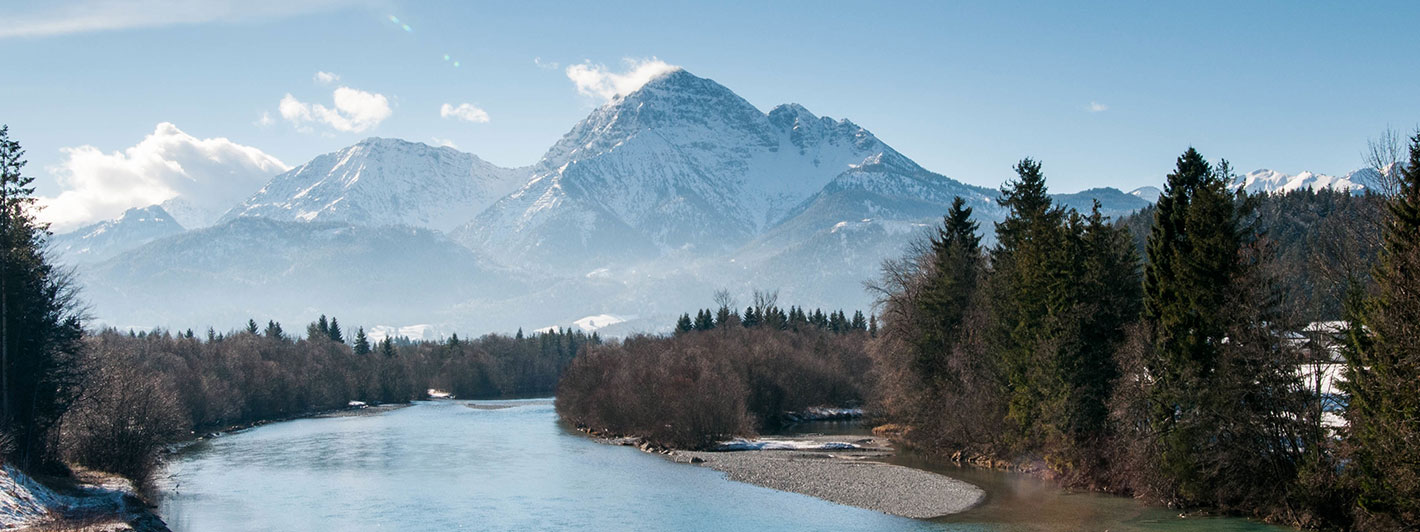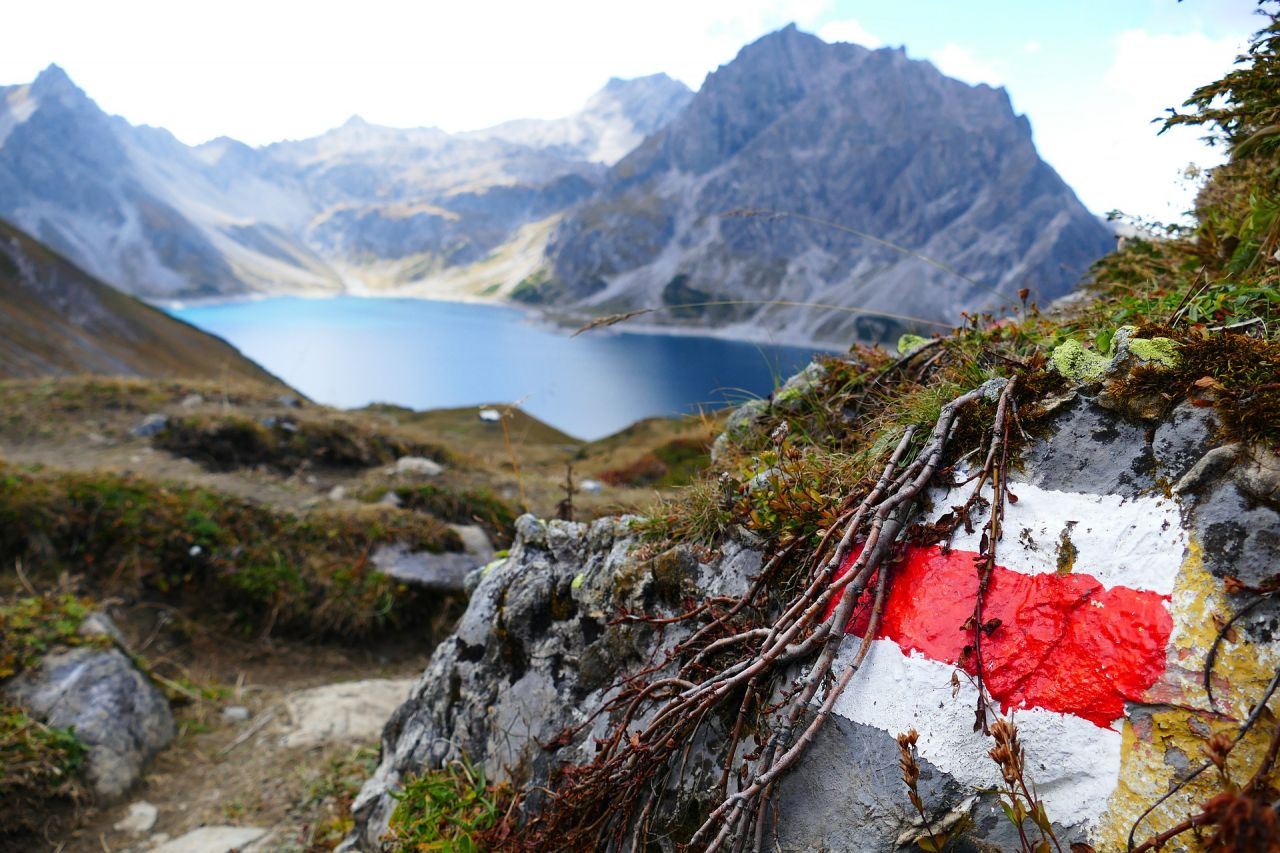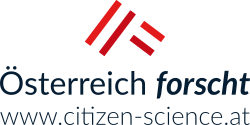Explore Citizen Science Projects
Welcome at Österreich forscht!
Here you can find everything about Citizen Science in Austria. In the future, it should be just as normal to work in a citizen science project as to be a member of an association, e. g. the voluntary fire brigade or a music ensemble. We want people to see science no longer as an elite programme, but as a process that affects all our lives, a process which is an important part of society and is worth understanding. However, the fun and enjoyment of research should not be neglected. We do not understand citizen science as an infotainment concept, but as a collaborative process through which new insights can be gained.
Restore4Life
- plants
- animals
- land use
- water
What can we do to protect our wetlands and floodplains in Europe? What does the water management need to implement measure for the benefit of both the environment and the human society? The Horizon Europe project Restore4Life aims at offering an online system that supports the restoration of wetlands in Europe. One…
Village
- health
- living together
How to raise the village to raise the child The Village Project supports children and adolescents of parents with mental health issues by strengthening their formal and informal support networks. The aim is to evaluate the effectiveness of the Village approach and integrate it sustainably into existing structures. What are…
Young Citizen Scientists against Disinformation
- living together
- media
A couple of Instagram stories here a TikTok video there: The pervasiveness of our everyday lives with more and more media content consumed in a short period of time has completely changed the way we access and deal with information: Due to their everyday use of and the strong fusion…
TRA:WELL
- health
- traffic
The TRA:WELL project focuses on the relationship between active mobility (walking, cycling, scooters) and the well-being of young people. The entire physical activity behaviour is considered in order to assess the contribution of active forms of mobility to the fulfilment of physical activity recommendations. What are the aims of the…
Why Math?
- living together
Relevance of mathematics lessons from the students' perspective The relevance that students attribute to mathematics education is a crucial variable for its success. Against this background, it is surprising that there is little international scientific evidence on these ideas. Instead, it is evident in various countries, including Austria, that students…
Market garden centres
- food
- plants
- land use
Innovation to strengthen the Austrian fresh vegetable supply Market garden centres work according to so-called bio-intensive methods. This means utilising the maximum possible natural yield potential on the land. This yield potential results from the respective location, the climatic conditions (temperature, precipitation, wind, etc.), the production methods and, to a…
Cave documentation
- geology
Karst and cave documentation The Working Group on Karst and Caves (KHA) of the Natural History Museum Vienna cooperates closely with the Speleologic Society in Vienna and Lower Austria, but also with other groups of the Austrian Speleological Association (VÖH). The KHA is primarily active in the eastern part of…
SoilRise
- land use
- animals
Monitoring of Soilbiota by Citizen Science SoilRise is a research project on earthworm biodiversity in Europe. Earthworms play a crucial role in soil fertility and are considered important ecosystem engineers. With your help we like to collect data on the distribution and diversity of earthworms in Europe. But SoilRise is…
A project of the Viennese environmental protection department In spring (from early April), there's no doubt: the first swallows and swifts have returned from Africa to breed in Vienna. Other species, like house sparrow and jackdaw, have spent the winter with us and have already occupied their breeding places. House…
DANUBE4all
- waste
- land use
- geology
- plants
- animals
- traffic
- economy
- water
- living together
DANUBE4all is an EU project with the main task of developing a comprehensive action plan for the renaturation of river stretches in the Danube River Basin (DRB). To this end, a collaborative stakeholder process is being developed that actively incorporates the interests of citizens. The action plan is intended to…
City Layers
- politics
- health
- culture
Citizen Mapping as a Practice of City-Making The project “City Layers: Citizen Mapping as a Practice of City-Making”, funded by the Austrian Science Fund (FWF) introduces a contemporary framework for city-mapping which centres on citizen experience of urban space as an integrative way to contribute to more egalitarian city design. Within the frame of the Citizen…
Frog in a drop of water
- animals
- fungi
- land use
- water
State-of-the-art DNA technology and citizen science - "Frog in a drop of water" unleashes new prospects for amphibian research Detective work for amphibian protection - for the first time, amphibian screening is being carried out throughout Austria by detecting their DNA traces in water - and everyone can take part.…





